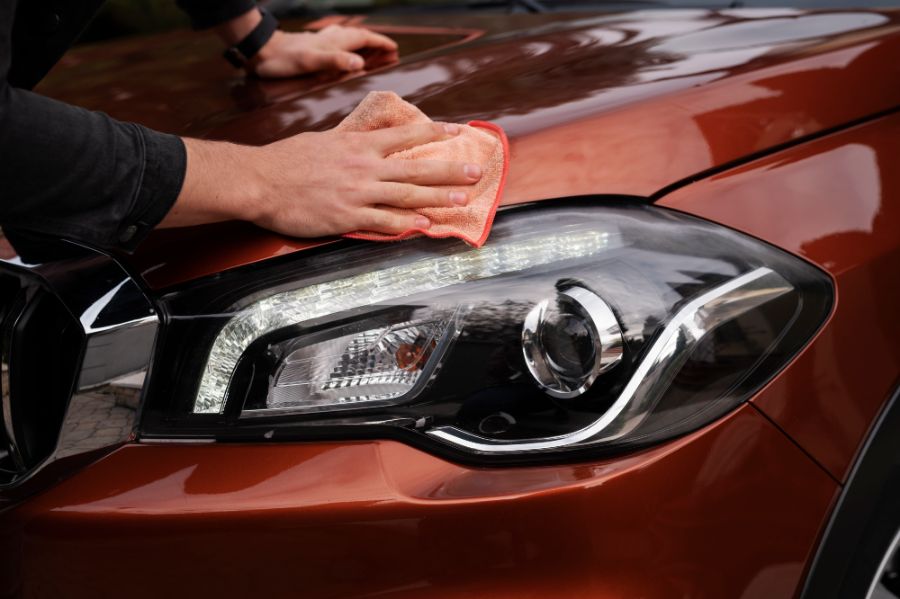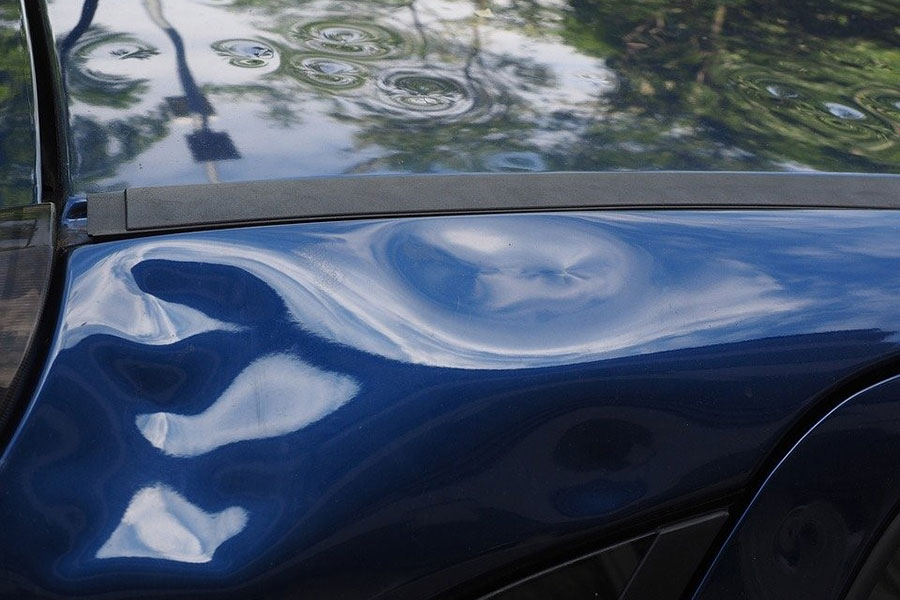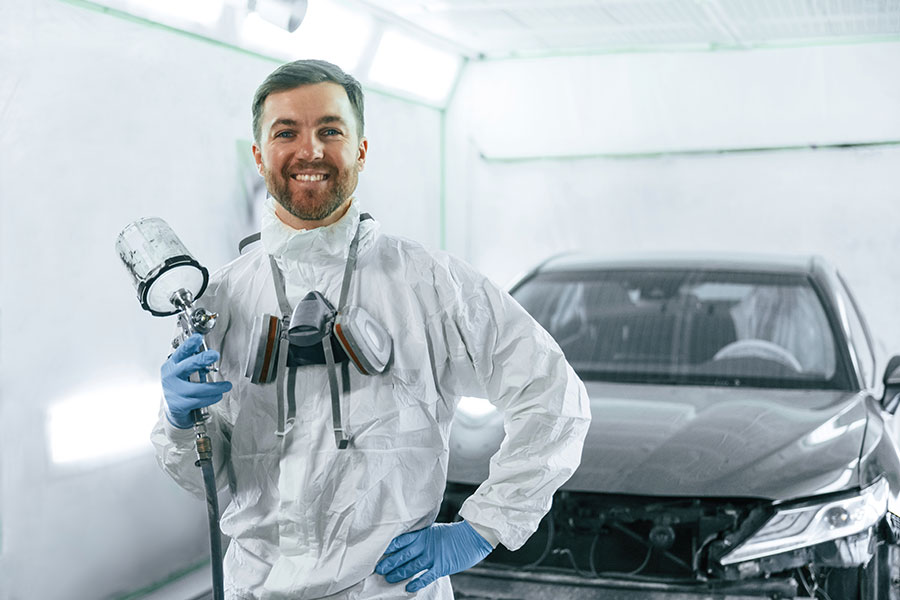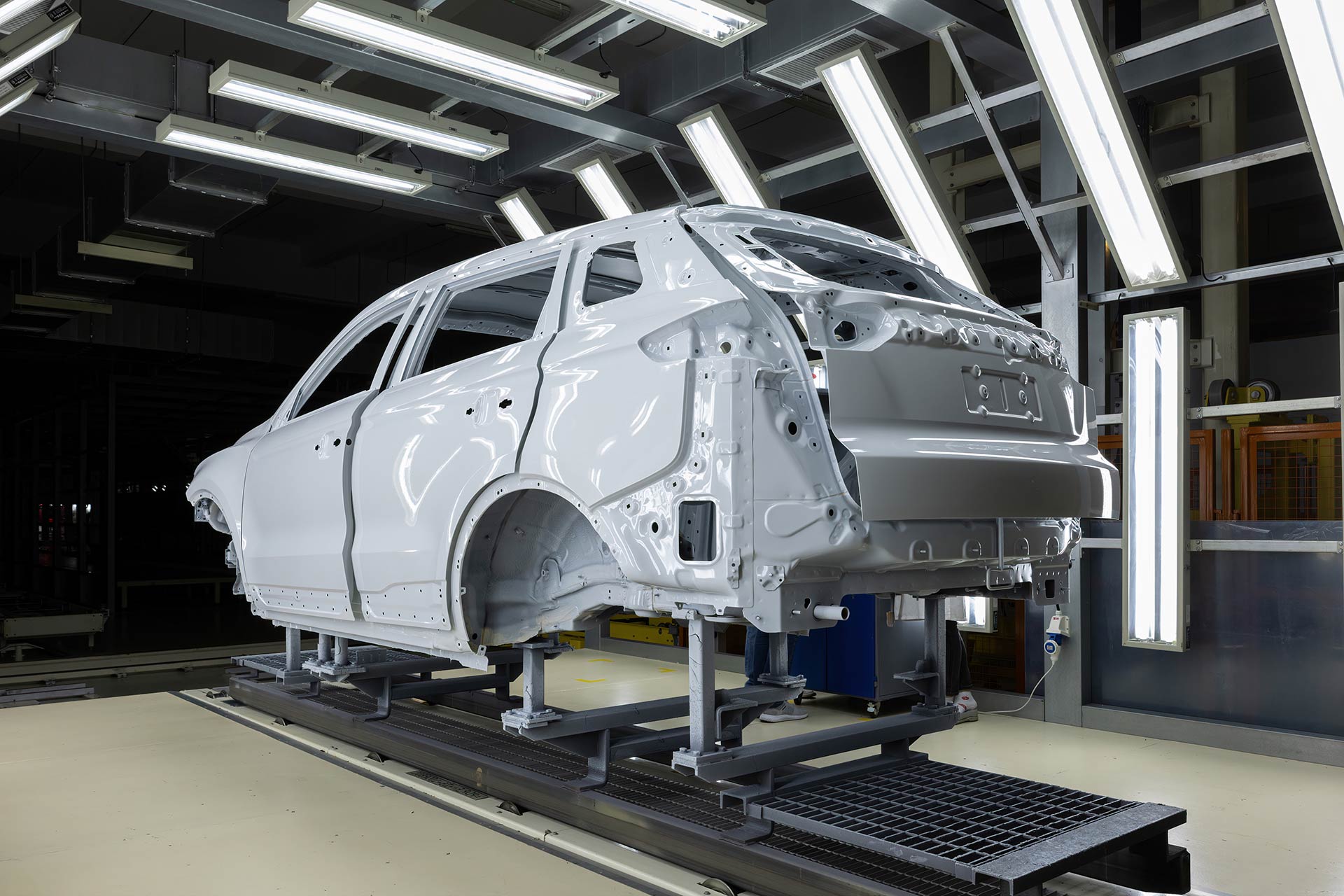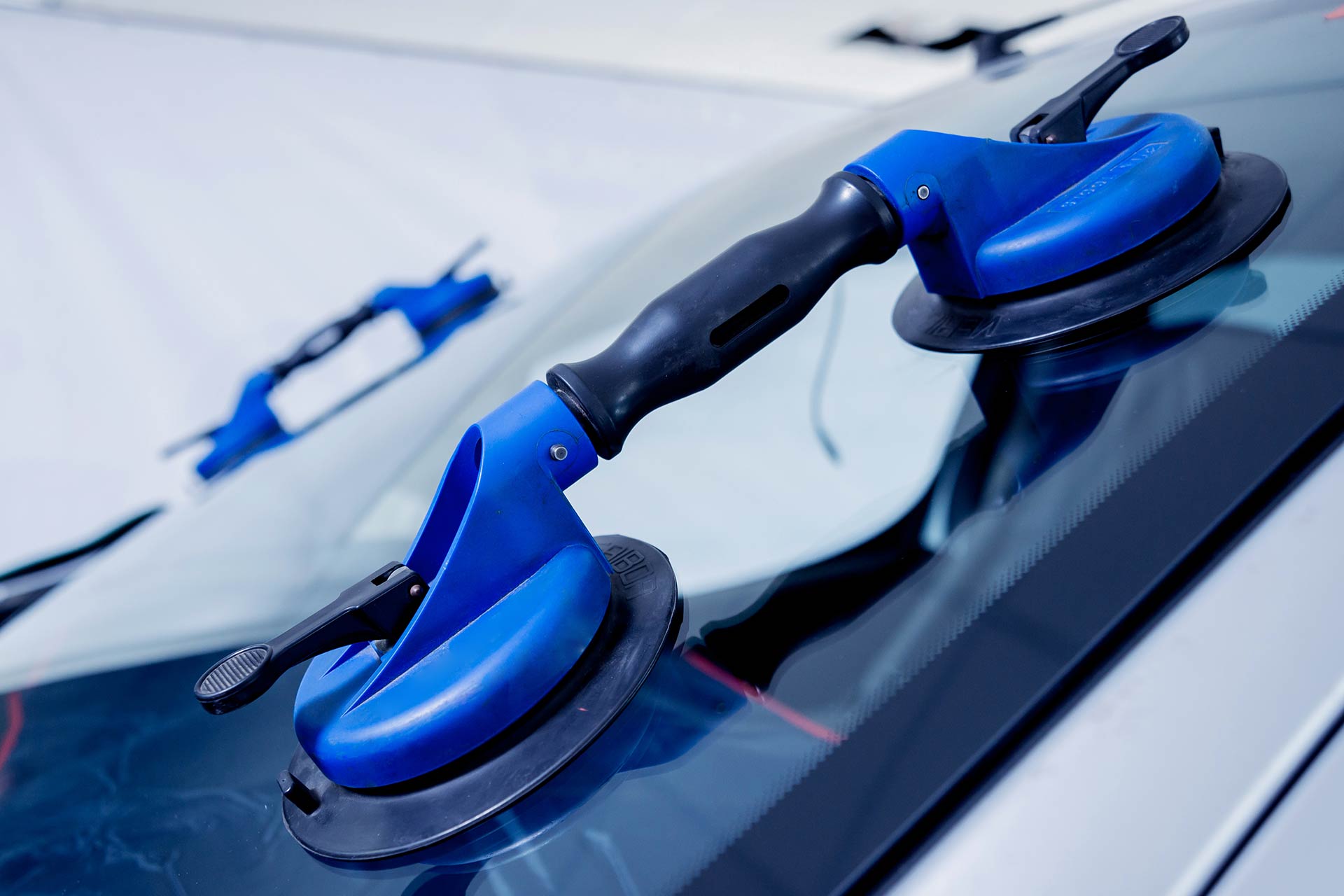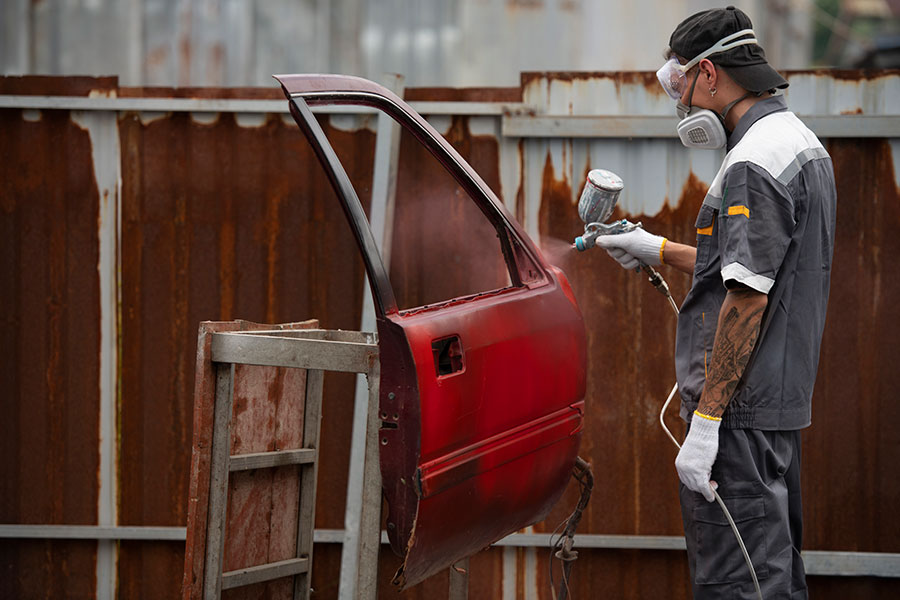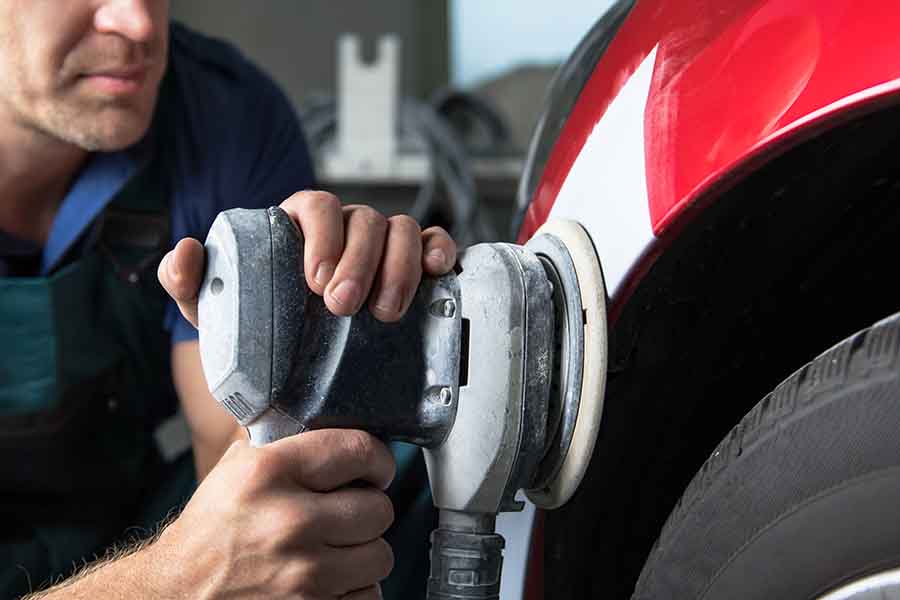Ever wondered what magic happens inside auto body shops that transforms battered vehicles back to their sleek, shiny selves? From minor dings and scratches to major collision repairs, auto body shops are the unsung heroes behind every car's comeback story. With a blend of skilled technicians, cutting-edge tools, and a deep understanding of vehicle anatomy, these workshops ensure that your car not only looks good but is also safe to drive. Get ready to uncover the behind-the-scenes action that makes this transformation possible.
Understanding Auto Body Shops
Primary Services
Auto body shops specialize in fixing the exterior of cars. They handle collision repair, painting, and dent removal. After an accident, they make your car look new again.
Collision repair involves fixing damages from accidents. Technicians replace or repair damaged parts. They ensure your car is safe to drive.
Painting services match the car's original color. They use special tools to apply new paint after repairing damage. This process makes the car look untouched.
Dent removal is another key service. It fixes minor dents without needing to repaint the entire car. Technicians use various techniques to smooth out dents, making them invisible.
Auto Body vs. Mechanical Shops
Auto body shops focus on the car's exterior. Mechanical repair shops fix engine problems. The main difference is body work versus engine repair.
Auto body shops repair damage from accidents or wear and tear on the car’s surface. They deal with dents, scratches, and painting.
Mechanical shops work on the inner workings of a car. They handle engine repairs, oil changes, and brake work. Their goal is to keep the car running smoothly.
Choosing a Shop
Selecting a certified and reputable auto body shop is crucial for quality repairs. Look for shops with certifications from recognized organizations in the auto industry.
Certified shops have technicians trained in the latest repair techniques. They use modern equipment to ensure repairs meet high standards.
Reputation matters too. Read reviews and ask for recommendations. A shop with good feedback likely offers reliable service and stands behind their work.
Dropping Off Your Vehicle
Scheduling Appointment
Before you can drop off your car at an auto body shop, you need to schedule an appointment. This step ensures that the shop is ready to receive your vehicle and begin work promptly. When you call or visit the shop's website, they will ask for details about your car and the damage it has sustained.
During this initial contact, it's crucial to ask what documents you should bring. Typically, you'll need your insurance information and vehicle registration. Having these documents on hand speeds up the process and helps the shop prepare a more accurate estimate of the work needed.
Initial Drop-off
Upon arriving at the auto body shop, you'll go through an initial drop-off process. Here, a technician inspects your vehicle to assess the damage. They will walk around the car with you, noting any areas that require repair. This inspection is thorough because it forms the basis of their service agreement.
After the inspection, you'll discuss the repairs needed with a service advisor. They will explain what work will be done, how long it should take, and provide an estimated cost. You'll then sign a service agreement, which outlines the scope of work and protects both you and the shop during the repair process.
Alternative Transportation
Many auto body shops understand that being without a vehicle is a significant inconvenience. Therefore, they offer alternative transportation options. If available, they might provide you with a loaner car to use while your vehicle is in the shop. This option is highly beneficial for those who need a car for daily activities.
If a loaner car isn't available or if you prefer not to use one, inquire about shuttle services. Some shops offer a shuttle service that can take you home or to work after dropping off your vehicle and pick you up once repairs are completed. This service adds convenience and reduces the disruption to your routine.
Assessing the Damage
Initial Inspection
Technicians start with a visual inspection. They look at the car's exterior and interior. This step spots obvious issues.
They check for dents, scratches, and broken parts. They also assess the damage's impact on the car's functionality. This includes doors, windows, and lights.
Specialized Tools
Modern tools come into play next. Technicians use them to see beyond the surface.
They might use ultrasound technology to find hidden damage. This helps them understand the full extent of harm. It ensures no issue is overlooked.
Laser scanners measure the alignment of the car's frame. This is crucial for safety and performance.
Computerized Estimation
After gathering data, technicians turn to computerized estimation tools. These tools help create a detailed repair plan.
The software considers parts costs and labor. It generates an accurate cost estimate. This transparency is vital for customers.
Computerized systems also predict repair timelines. They make planning easier for both the shop and the vehicle owner.
Importance of Thoroughness
A comprehensive assessment is key to a successful repair. It prevents future problems.
Technicians aim to restore the vehicle to its pre-accident condition. A detailed evaluation ensures they address all issues.
Skipping steps could lead to missed damage. This could cause safety risks down the road.
Planning Repair Strategy
Damage Evaluation
After assessing the damage, the repair team moves to plan the repair strategy. They look at the extent of the damage and decide how to fix it. Safety and the car's structural integrity are their top priorities.
They might use computer-aided design (CAD) systems to understand the impact better. This helps them be precise in their work. Every car and damage is unique, so they tailor their approach accordingly.
Parts Sourcing
Choosing the right parts is crucial for a successful repair. The team decides between OEM (Original Equipment Manufacturer) parts and aftermarket parts. OEM parts come from the car's maker, ensuring a perfect fit but often at a higher cost. Aftermarket parts are usually cheaper, but there might be concerns about quality and fit.
This choice affects the repair timeline. OEM parts might take longer to arrive if they're not in stock. But, they guarantee that the car remains as close to its original state as possible.
Communication Process
Keeping the vehicle owner informed is key. The repair team explains their planned strategy, including the type of parts they intend to use and why. They discuss how each decision impacts safety, costs, and repair time.
If unexpected issues arise during the repair, they promptly update the owner. This way, there are no surprises when it comes to costs or timelines.
Timeline Estimation
Once the strategy is set, the team can estimate how long the repair will take. They consider parts delivery times, the complexity of repairs, and their current workload. They aim to be as accurate as possible but also realistic.
Unexpected delays can happen, especially with complex repairs or when waiting for parts. The team keeps the owner updated on any changes to the timeline.
Repair and Paint Steps
Disassembly
Auto body shops start by taking apart the damaged area. They remove parts to see hidden damage. This helps them find all problems.
They take pictures during disassembly. This guides them in putting everything back correctly.
Damage Assessment
Technicians then assess the damage closely. They look at the car's frame and body. This step decides if parts can be repaired or must be replaced.
Using special tools, they measure the damage accurately. They compare these measurements against the car's original specs.
Frame Straightening
For cars with frame damage, this step is crucial. Shops use a frame machine to pull the frame back to its original shape.
This process needs skilled technicians. They ensure the car's strength and safety are restored.
Body Repair
Body repair involves fixing dents, scratches, and other damages. Technicians use fillers to smooth out imperfections.
For minor dents, paintless dent repair is often used. It's quicker and keeps the original paint intact.
Paint Matching
Paint matching ensures the new paint blends perfectly with the existing color. Technicians use a computerized system to find the exact color code.
They mix paint to match the car’s specific shade. This step is vital for a seamless finish.
Painting
After matching the paint, they apply it in a dust-free booth. Multiple layers are sprayed on, including primer, basecoat, and clear coat.
This process requires precision and skill. The goal is to make the repair area undetectable.
Reassembly
Once painting is done, technicians reassemble the car. They put back all parts removed during disassembly.
They ensure everything fits perfectly and functions as before. The car's systems are also checked to guarantee safety.
Quality Check
The final step is a thorough quality check. Technicians inspect the car for any issues.
They test drive it to ensure all repairs meet high standards. Only then is the car ready to return to its owner.
Quality Assurance and Final Review
Safety Checks
After the repair and paint steps, safety checks are crucial. Technicians scrutinize the vehicle to ensure all repairs meet the highest safety standards. They examine the structural integrity, focusing on the frame and suspension system. This step is vital for passenger safety.
They also check the lighting systems and brakes. Each component must work perfectly before proceeding. These checks are not just about meeting standards but ensuring the car is safe for road use.
Quality Standards
Quality control is next. Here, specialists look at the quality of the repairs and paint job. They ensure the color matches perfectly with the vehicle's original shade. It's important that there are no discrepancies.
Technicians use specialized tools to measure paint thickness and finish quality. They aim for a seamless appearance, as if the car was never damaged. This level of detail shows their commitment to excellence.
Final Inspection
The final inspection involves a comprehensive vehicle inspection. Experts go over the car with a fine-tooth comb. They check every repair detail against the customer's initial request. This step guarantees that no aspect of the repair has been overlooked.
A road test is part of this process. The car is taken for a drive to check its handling, alignment, and overall performance. Any noises or irregularities are addressed immediately.
Cleaning and Detailing
Before returning the car, it undergoes thorough cleaning and detailing. Inside, they vacuum and clean surfaces to remove dust from the repair process. Outside, they wash and wax the vehicle to give it a polished look.
This step not only enhances the vehicle's appearance but also shows respect for the owner's property. It’s like returning a brand-new car to them.
Picking Up Your Vehicle
Review Process
Once the quality assurance and final review are complete, it's time for you to pick up your vehicle. The auto body shop will schedule a meeting to go over the work done. They'll show you before and after photos, detailing the repairs. This step ensures transparency and builds trust between you and the shop.
They explain each repair, why it was necessary, and how they did it. They might also give advice on how these repairs affect your vehicle's performance. It's important to ask questions during this time to understand fully what work was performed.
Final Paperwork
After reviewing the repairs, the next step is handling the final paperwork. This includes the repair bill and warranty information. The bill outlines all services provided, parts replaced, and the total cost. Make sure everything matches the initial estimate unless additional issues were found during the repair process.
The warranty section is crucial. Most reputable shops offer a warranty on their repairs. They should explain what is covered under the warranty and for how long. Keep these documents safe as they're important if any issues arise later.
Post-Repair Care
Taking care of your vehicle after repairs is essential for maintaining its condition and ensuring longevity. The shop might provide specific instructions based on the repairs done. For instance, they may advise waiting a certain period before washing or waxing your car to allow new paint to cure properly.
Regular maintenance checks are also recommended to keep your vehicle in top shape. Follow any guidelines the shop provides and consult your vehicle’s manual for general maintenance tips.
Handling Insurance Claims
Direct Billing
Auto body shops often offer direct billing to insurance companies. This service simplifies the payment process for car owners. The shop directly communicates with the insurer to settle the bill.
Car owners don't have to pay upfront and then wait for reimbursement. Instead, the shop takes care of all financial transactions. This convenience is a major relief during stressful times.
Policy Coverage
Understanding your insurance policy is crucial. Different policies cover different types of damage. Knowing what your policy includes helps you set realistic expectations for repair costs.
Some policies may not cover certain damages or might require a deductible. It's important to review your policy before heading to an auto body shop. This knowledge prevents surprises when it comes to repair costs.
Negotiation Process
Auto body shops play a key role in negotiating with insurance adjusters. They ensure that the repair estimates are fair and comprehensive. Sometimes, initial estimates from insurance companies might not cover all necessary repairs.
Shops can present evidence of additional required work to adjusters. They aim to secure a more accurate estimate that covers all damages. This negotiation ensures that your vehicle receives the proper care it needs.
Estimate Discrepancies
Discrepancies between insurance estimates and actual repair costs are common. The initial estimate might not account for hidden damage discovered during repairs. When this happens, the auto body shop communicates with the insurance company.
They provide documentation and justification for additional expenses. This process involves back-and-forth negotiations until both parties agree on a revised estimate. It's a critical step in ensuring that all necessary repairs are covered.
Closing Thoughts
Navigating the journey through auto body shop repairs can seem daunting, but knowing what to expect simplifies the process. From dropping off your vehicle to picking it up fully restored, understanding each step ensures you're never in the dark. The assurance of quality workmanship coupled with the handling of insurance claims takes the stress off your shoulders. Trust in the expertise of professionals who make your car's comeback their priority.
Now that you're equipped with this knowledge, stepping into an auto body shop won't feel like venturing into unknown territory. Remember, asking questions and staying informed are your best tools. Ready for a smooth repair experience? It's time to find a trusted auto body shop and get your vehicle back in top shape. Let's get moving!
Frequently Asked Questions
How do auto body shops assess damage to a vehicle?
Auto body shops conduct a thorough inspection using advanced tools and technology to identify both visible and hidden damage, ensuring a comprehensive repair plan.
What is involved in the planning of a repair strategy at an auto body shop?
Experts outline a step-by-step process tailored to your vehicle's specific needs, focusing on efficiency and restoring your car's safety and aesthetics.
Can you explain the repair and paint steps in an auto body shop?
Skilled technicians meticulously repair structural and cosmetic issues before expertly matching and applying paint to make your vehicle look new again.
What does quality assurance entail at an auto body shop?
Quality assurance involves detailed checks throughout the repair process, with a final review ensuring repairs meet high standards for safety and appearance.
How does the process of picking up your vehicle work after repairs are complete?
You'll be notified when repairs are finished. Upon arrival, you'll receive a detailed overview of the work done and any necessary paperwork before taking your car back.
How do auto body shops handle insurance claims?
Auto body shops often liaise directly with your insurance company, handling claims and paperwork to streamline the repair process for you.

